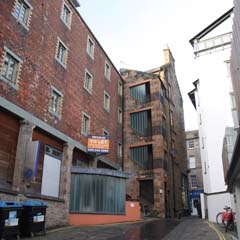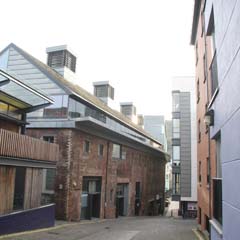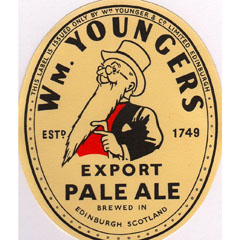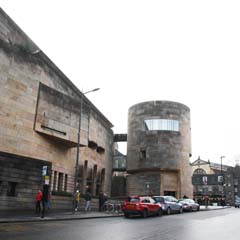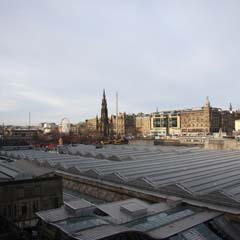
Waverly Station
Edinburgh EH1 1BB
When the great French biologist Louis Pasteur visited Edinburgh in 1884 to celebrate the 300th anniversary of the city’s University he arrived, as many visitors do today, at Waverley station. You can get a magnificent view of the station from this spot on west side of North Bridge. The brewing industry had benefited greatly from Pasteur’s research and discoveries on fermentation, and Henry Younger, the great-grandson of the founder of the Younger brewing dynasty, not only invited Pasteur to stay at his house, but also arranged for a special carriage for him to be attached to the London to Edinburgh train which pulled into Waverley Station. Pasteur was horrified by the public health situation in Edinburgh, and Alexander Low Bruce, a senior manager at Younger’s, decided that a new chair of public health should be created at the University of Edinburgh as a direct result of his conversations with Pasteur. Bruce himself made a bequest of £5000 for this purpose. This chair was jointly endowed, in a move that might seem somewhat ironic today, by the proprietors of William Younger’s brewery and Usher’s distillery. A total sum of £15,000 was donated by the family of Bruce, Younger’s brewery and Sir John Usher. The Bruce and John Usher chair of Public Health was established in 1898 and still exists at the University of Edinburgh today.
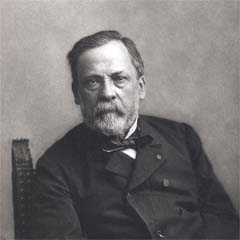
Louis Pasteur (1822-95)
Find out more



 Nether Craigwell, Calton Road, Edinburgh EH8 8DR
Nether Craigwell, Calton Road, Edinburgh EH8 8DR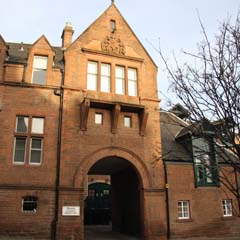
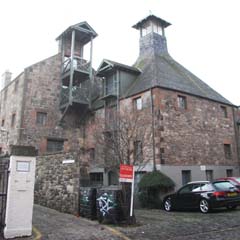


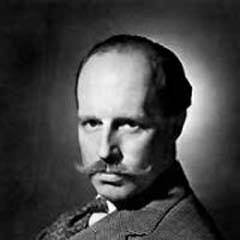

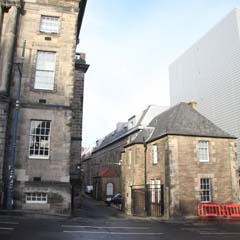
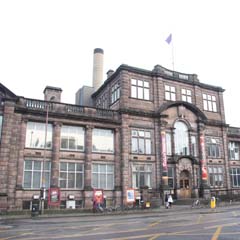
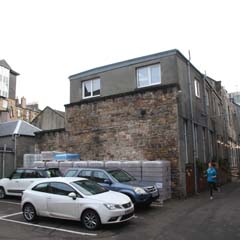

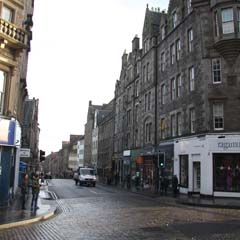
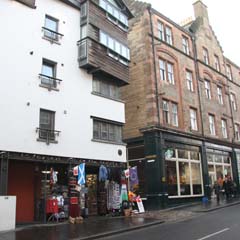 112 Canongate, Edinburgh EH8 8BW
112 Canongate, Edinburgh EH8 8BW